From June 28 to Nov. 3, 2025,Isola Bisentina (Viterbo) will host The Memory of Water, an exhibition combining contemporary art, landscape and submerged history. The project involves three artists, Lisa Dalfino, Namsal Siedlecki and Alex Cecchetti, who propose site-specific interventions inspired by Lake Bolsena as a place of worship and pilgrimage, rooted in time and the spirituality of the area. The exhibition takes shape from recent underwater archaeological explorations conducted by the Underwater Archaeology Service of the Soprintendenza di Viterbo, which resume investigations begun in the 1950s by Alessandro Fioravanti.
The dives uncovered remains of submerged protohistoric settlements, revealing aspects of the daily life and ritual practices of the communities that once inhabited the lake. Votive offerings, objects of use, and artifacts preserved from the water testify to a deep relationship with the lake landscape, confirming the millennia-old link between humans and the aquatic environment.

In the new exhibition itinerary, water becomes a central element, a natural force capable of destroying and preserving, a symbol of continuity between past and present. The works are distributed in important points of the island, each connoted by a strong historical and symbolic charge. At the center of the Malta dei Papi, a hypogeum excavated in Mount Tabor and probably intended for ritual functions already in Etruscan times, are the glass fragments by Lisa Dalfino (1987). The artist works on forms that evoke ancient ex-votos, reworking the language of ritual in a contemporary key. Her installations relate to the underground space, suggesting a silent dialogue between ritual gesture and fragile matter.
The sculptures of Namsal Siedlecki (1986), on the other hand, find their place in the Oratory of Mount Calvary and in the Art Nouveau dock, the latter recently restored and now the island’s landing place. The works on display evoke alchemical forms and propitiatory gestures, reflecting on votive practices as a way of connecting with the invisible. The material chosen and the rendering of the surfaces emphasize the relationship between transformation, time and spirituality. On display in the Church of Saints James and Christopher, recently reopened to the public after conservation work, are works on paper by Alex Cecchetti (1973). His works refer to the imagery of a lake backdrop, in which natural elements and submerged memories are mixed. The drawings propose a narrative that invites the public to become witnesses of a story kept in the water.
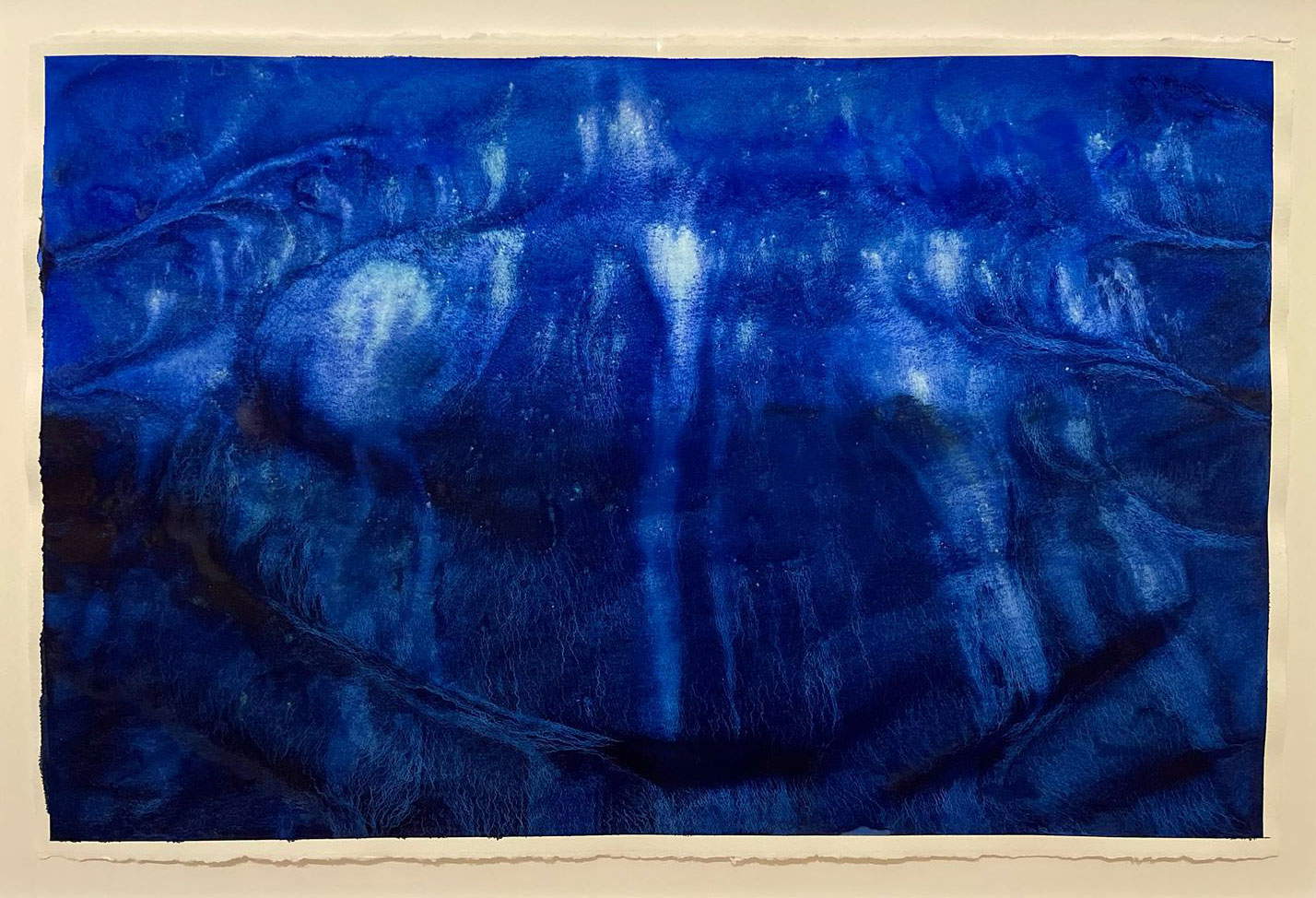
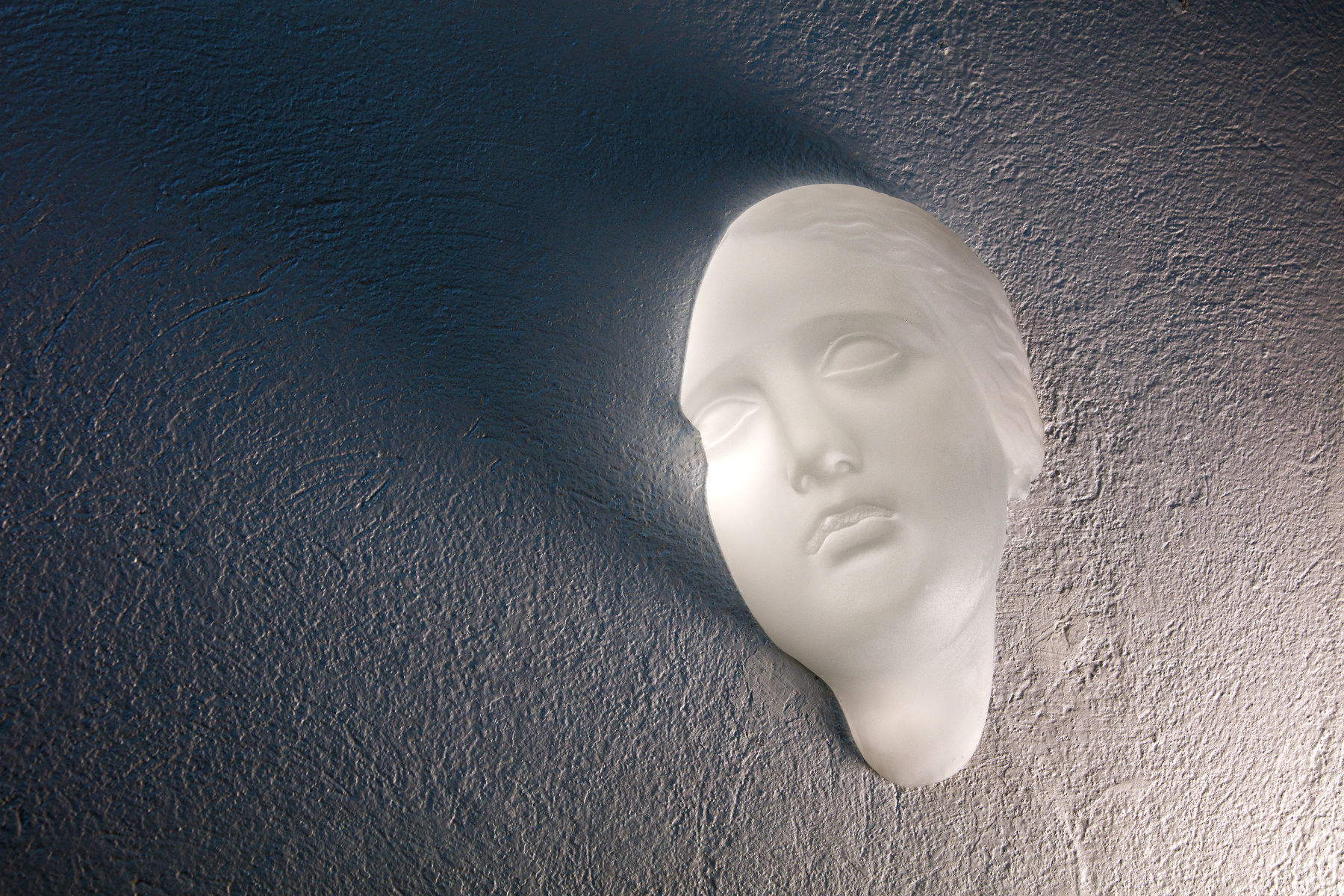
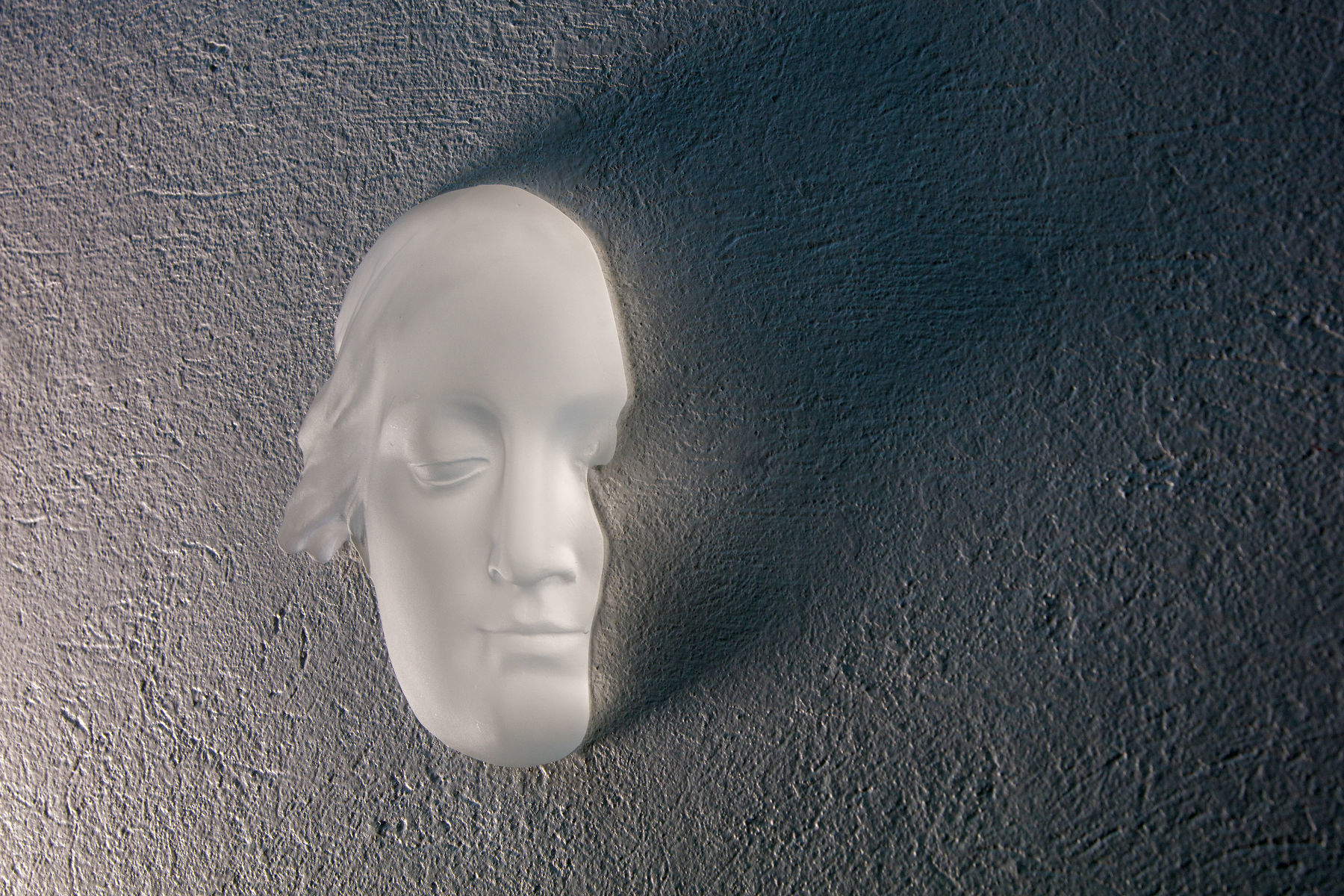

The memory of water is part of the larger process of enhancing the Bisentina Island, a naturalistic and cultural microcosm within Europe’s largest volcanic lake. After years of closure, the island became accessible to the public again in 2022 thanks to the intervention of the Rovati family, the current owner, who initiated a process of protection and restitution of the entire complex. The site now offers an itinerary between historic architecture and contemporary art installations integrated into the landscape.
The island, covered with dense vegetation that alternates native species and imported plants, is dotted with chapels, devotional paths and remains of buildings that tell the story of its long human stratification. The entire monumental layout is the result of a project dating back to the Renaissance, when Pope Pius II and the Farnese family conceived a mystical and artistic path culminating in the construction of seven chapels and a central church.

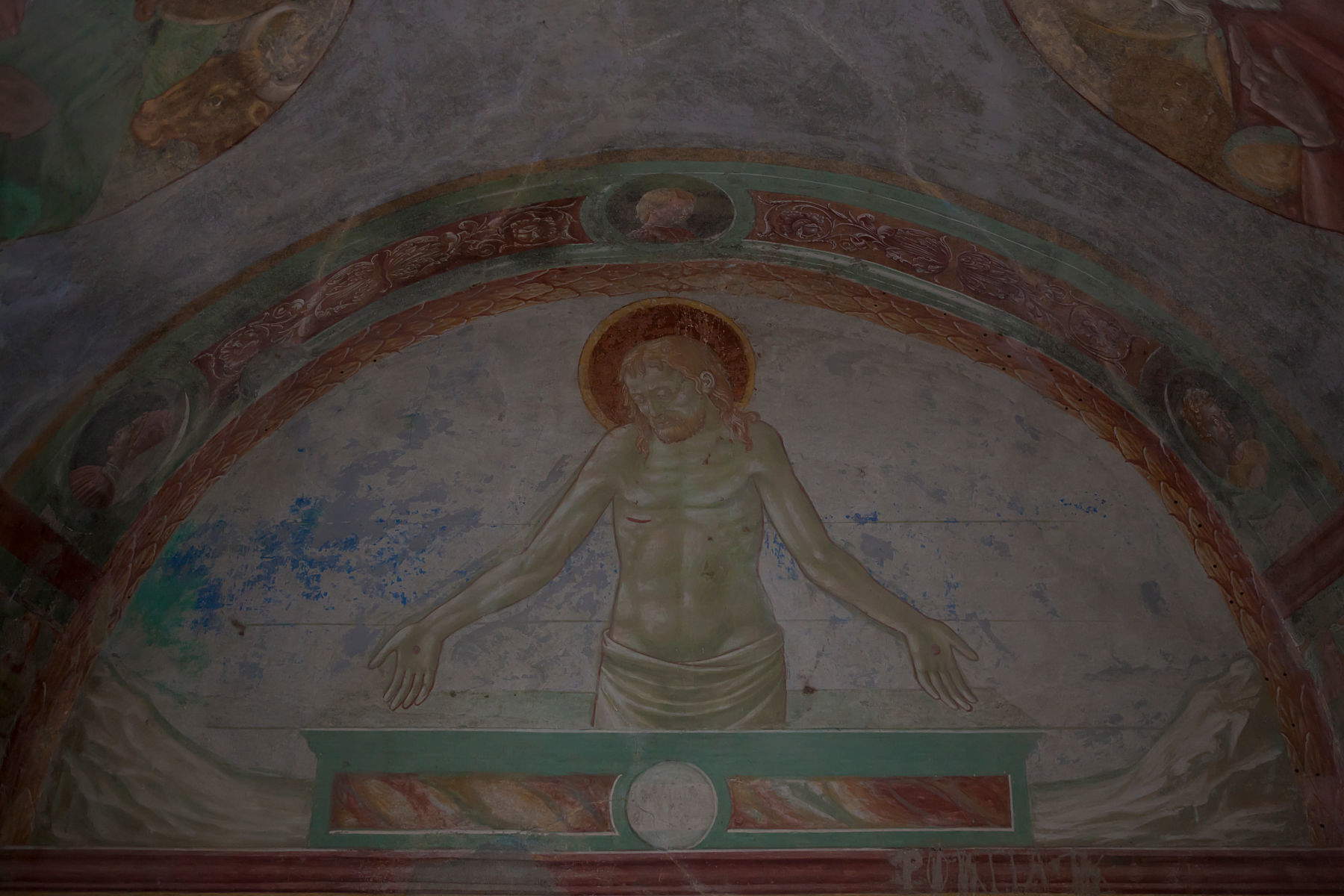
The Church of Saints James and Christopher, which has been usable again since 2024, represents one of the pivotal sites of the exhibition project. Its construction dates back to the late 16th century, when Cardinal Alessandro Farnese Junior superimposed a new monumental structure on the previous building dedicated to St. John the Baptist, based on a design by Giovanni Antonio Garzoni da Viggiù. Work began in 1588 and was completed between 1602 and 1603, under Odoardo Farnese.
Along the perimeter paths are the seven chapels, built between the 15th and 16th centuries. These include the octagonal chapel of St. Catherine, attributed to Antonio da Sangallo the Younger and set on a rocky outcrop 22 meters above sea level, and the chapel of the Crucifix or Mount Calvary, which contains frescoes attributable to the hand of Benozzo Gozzoli. These religious buildings, part of a pilgrimage route that linked ideally to the Via Francigena, testify to the spiritual centrality of the island in the context of Renaissance Tuscia. Over the following centuries, Isola Bisentina continued to attract the attention of travelers, clergy, intellectuals and members of the aristocracy. Bishops, poets, industrialists, dukes and writers have inhabited and frequented it, leaving behind visible traces of an articulate and richly layered history.
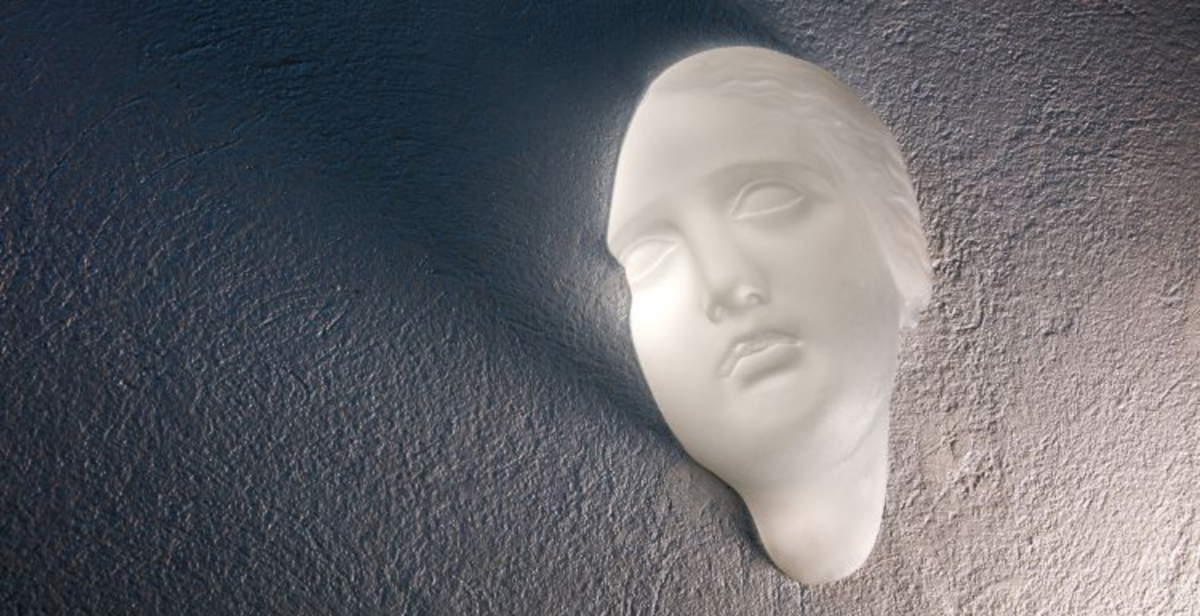 |
| Contemporary art and archaeology meet on Isola Bisentina, in the heart of Lake Bolsena |
Warning: the translation into English of the original Italian article was created using automatic tools. We undertake to review all articles, but we do not guarantee the total absence of inaccuracies in the translation due to the program. You can find the original by clicking on the ITA button. If you find any mistake,please contact us.